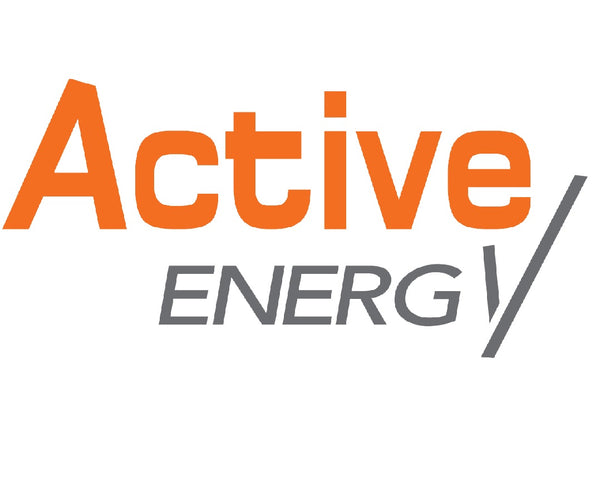As concerns about environmental issues continue to rise, interest in renewable energy sources has been steadily increasing. Solar energy, as a free and clean source of power, has garnered widespread attention and research. Solar power generation, a significant utilization of solar energy, operates on the principle of the photovoltaic effect, converting solar light energy into electricity, offering a sustainable energy solution.
Fundamental Principle of the Photovoltaic Effect
The photovoltaic effect forms the basis of solar power generation. It refers to the phenomenon observed in certain materials where, upon exposure to sunlight, photon energy is absorbed, transforming photon energy into electron energy and generating an electric current. Although discovered in the late 19th century, it wasn't until the mid-20th century that the photovoltaic effect began to be thoroughly researched and applied.
Structure and Operation of Solar Cells
Solar cells are pivotal devices that implement the photovoltaic effect for actual power generation. They usually consist of multiple thin layers of materials, with silicon being the most common. The basic structure of a solar cell includes P-type silicon and N-type silicon, layered in a specific manner to form a PN junction. When sunlight falls on this PN junction, photon energy is absorbed, causing some electrons to gain sufficient energy to transition to the conduction band, thus generating an electric current. This current can be collected and utilized through an external circuit.
Components of a Solar Power Generation System
Apart from solar cells, a solar power generation system comprises various components such as inverters, battery storage systems, mounting structures, and tracking systems. Inverters play the role of converting the direct current produced by solar cells into alternating current for residential, industrial, and commercial use. Battery storage systems store surplus energy for use during nights or cloudy days, ensuring a continuous power supply. Mounting structures and tracking systems help maintain solar panels at optimal angles to maximize sunlight exposure and thus enhance power generation efficiency.
Advantages and Challenges of Solar Power Generation
Solar power generation boasts several advantages, including being pollution-free, noiseless, and renewable. It is environmentally friendly, reducing greenhouse gas emissions and contributing to addressing climate change. However, solar power generation also faces challenges such as high costs, relatively low energy density, and dependence on sunlight. Nonetheless, with ongoing technological advancements and cost reductions, solar power generation is gradually becoming a prominent clean energy solution with broad application prospects.
Conclusion
Solar power generation, as a renewable and eco-friendly energy form, is progressively reshaping our energy landscape. By harnessing the photovoltaic effect to convert solar light energy into electricity, solar power generation provides us with a sustainable energy option, making significant contributions to mitigating climate change and preserving the environment. With continuous technological progress, solar power generation is poised to play an even more significant role in the future.

